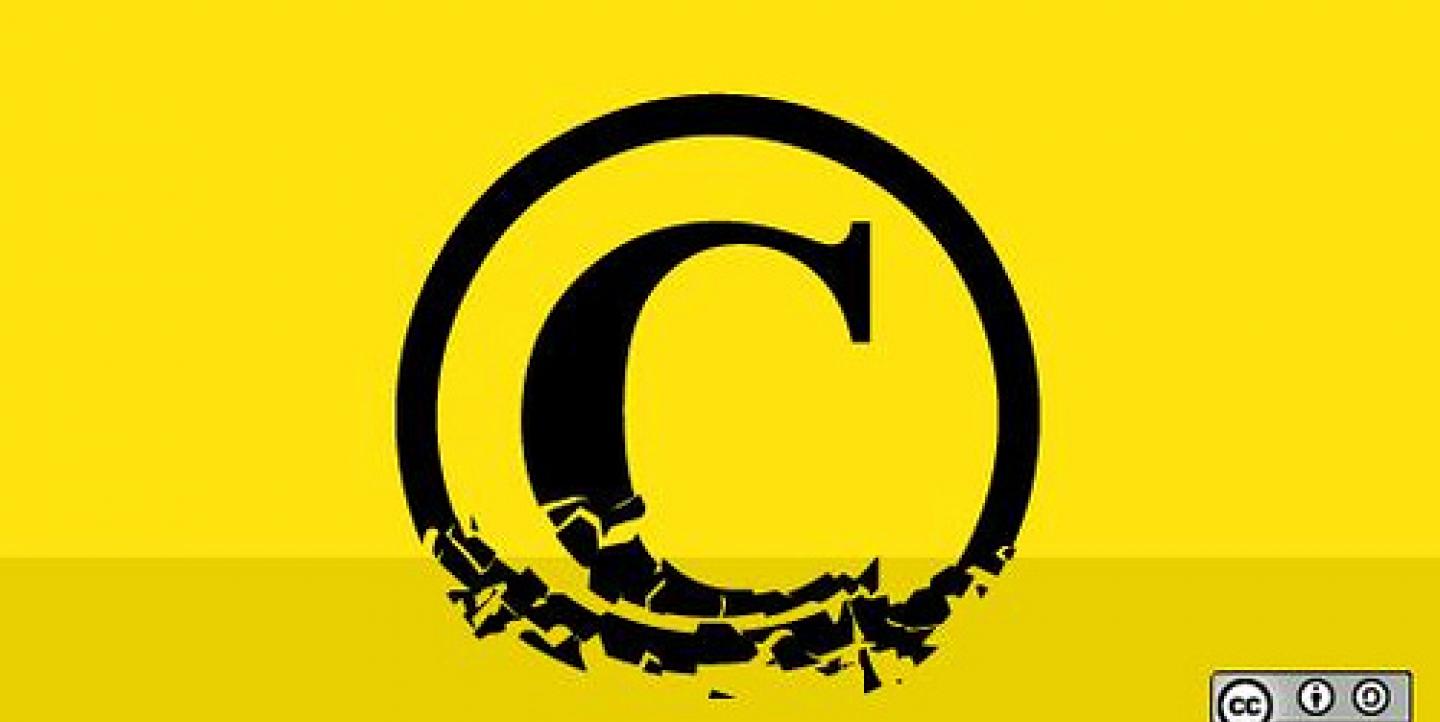With journalists posting information to the web at record speed, slowing down to figure out copyright details isn't always part of the race.
Media attorney Kevin M. Goldberg explained the legalese of copyright jargon in a recent webinar, "Copyright for the Web," organized by the National Press Foundation.
Goldberg warns online journalists of the dangerous pitfalls of violating copyright, aiming to deliver a wake-up call to those who take legality lightly. "My job...is not necessarily to teach, my job is more to scare," he said.
There's truth to his jest, especially for writers whose "work for hire" status rids them of copyright privileges of their stories. If you're freelancing or writing for a media outlet, receive clarification at the beginning of the partnership to assure whether ownership lies with you or your employer.
Linking and embedding are common practice in this age of aggregate posts, but Goldberg addresses a few considerations to keep in mind.
If you want to post a video on your site without embedding from an external source, you're going to have to receive licensing privileges from the owner.
Linking is especially risk-free and even encouraged from other sites since you're essentially driving traffic to the original creator. Goldberg said embedding is the preferable practice for adding video that's not your own to a website or blog, especially using the embed codes provided by major video sites.
"If you use the official channels on YouTube, you're not going to get in any trouble here," he said.
Goldberg notes Section 512 of the Digital Millennium Copyright Act as an extra precautionary step for journalists who link and embed often. "It's something you're going to want to have, take note of, use to your advantage and have proper language on your website to protect you."
If you're in desperate need of an image to accompany a story, make sure to use free-use images with Creative Commons licenses.
Goldberg said Creative Commons is the best clip art option because of its clarity and "it's a community of people who want these works used by others." He also suggests using Flickr and Wikimedia Commons.
For more information on copyright basics, check out the replay of the livestream here.
Tune in to part three of the National Press Foundation's webinar series of legal issues for U.S. journalists for more from Goldberg, media attorney with Fletcher, Heald & Hildreth, P.L.C and adviser to the American Society of News Editors. "Legal issues for newsgathering" will be held March 20 at 12:30 p.m. EST.

